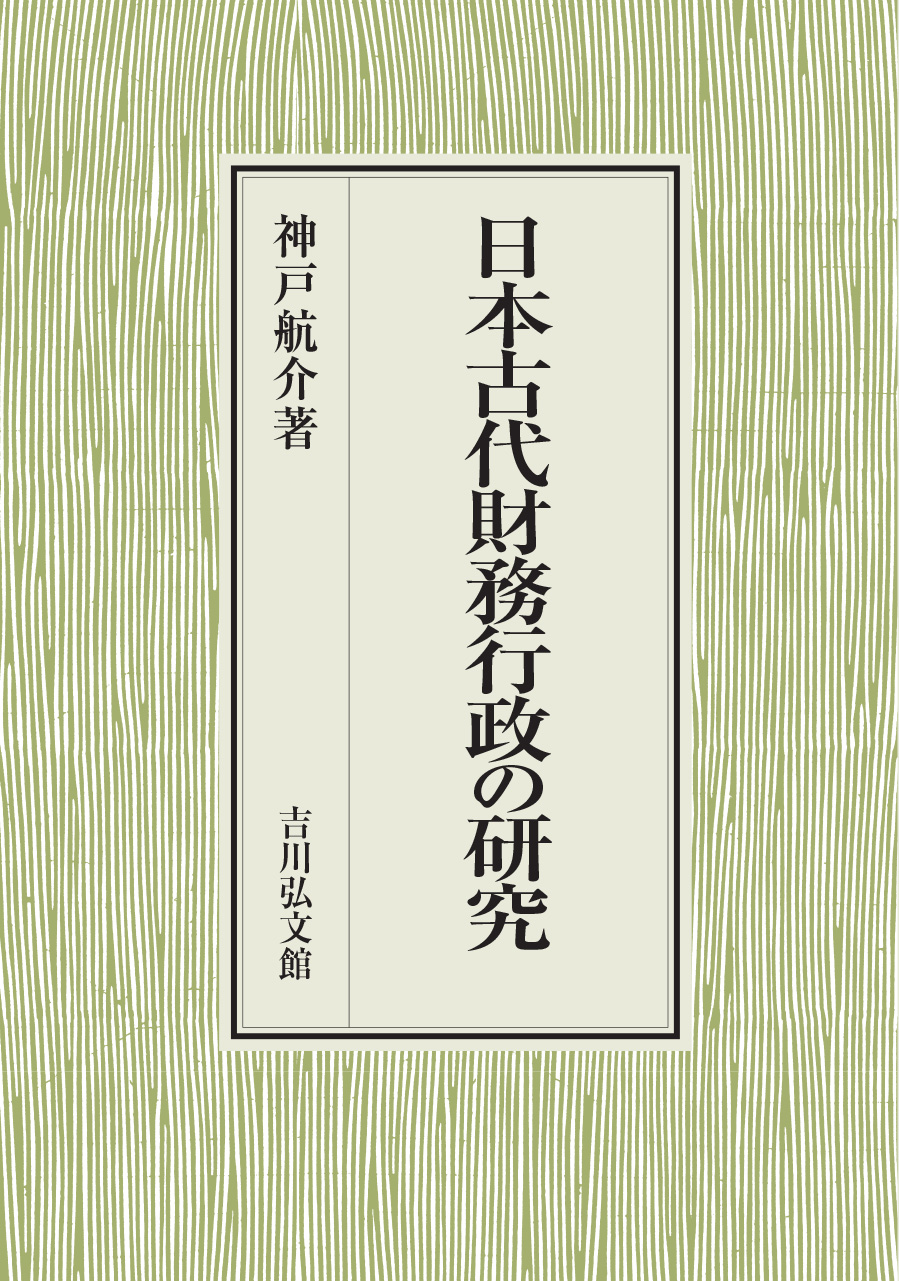
Title
Nihon Kodai Zaimu Gyousei no Kenyu (A Study of Financial Administration in Ancient Japan)
Size
396 pages, A5 format
Language
Japanese
Released
September 15, 2022
ISBN
9784642046695
Published by
Yoshikawa Kobunkan
Book Info
See Book Availability at Library
Japanese Page
This book presents a concrete picture of financial affairs in ancient Japan and examines the character of the taxes that shaped them. The book is divided into three parts: “The Fiscal Structure of Ancient Japan,” “A Comparative Study of the Statutes on Taxation in Goods and Labour in Japan and Tang China,” and “State Finances and Provincial Administrators in the Heian Period.” The articles in Part 1, dealing with the methods of managing expenses in central government offices of the ancient state, clarify the methods whereby offices applied for necessities under the ritsuryō system and systems for procuring goods by means other than taxes, and they also describe the process whereby, in response to the establishment of new collection systems in the Heian period, these methods were integrated and developed into methods of applying for necessities such as written applications and the system of provincial directives. In Part 2, making use of the newly discovered Tiansheng Statutes of the Northern Song that were published in 2006, I undertake a comparison of the provisions of the Statutes on Taxation in Goods and Labour in Japan and China and clarify the institutional characteristics of tax exemptions and labour services and the actualities of their application in Japan, as well as discussing the adoption of the Statutes on Taxation in Goods and Labour as a whole and also questions concerning the history of the establishment of the ritsuryō system, such as the significance of the Kiyomigahara Code. The articles included in Part 3 deal with state finances and regional rule from the tenth century onwards, and in particular I take up individual systems pertaining to relations between resident provincial administrators (zuryō) and the state, discussing them in four chapters. I further argue that the finances of the central government during this period developed around the regulation of provincial administrators and functioned with a certain degree of effectiveness.
This book, dealing with the finances of the ancient state and focusing on the financial administration of government offices under the ritsuryō system, clarifies their characteristics through comparison of ritsuryō laws in Japan and Tang China and by other means and also sheds light on finances during the regency period through an analysis of the role of financial documents in the Heian period. The fiscal history of ancient Japan is a subject about which there has long existed a substantial body of research, but there have been few single-author books that bring together a series of evidential studies of the Nara and Heian periods and delineate institutional history over a long span of time. An original aspect of this book lies in the fact that it deals diachronically with the period from the second half of the seventh century, when the ritsuryō system was introduced into Japan, until the tenth to eleventh centuries and analyzes finances and regional rule from a broad perspective.
The most distinctive feature of this book is that in Parts 1 and 2 it undertakes an examination centred on the method of comparing the legal codes of Japan and Tang China by utilizing the Tiansheng Statutes of the Northern Song. The full text of the Tiansheng Statutes was made public in 2006, and as a result of the accumulated research of the subsequent fifteen years they have become widely known also among researchers of ancient Japanese history. But much of this research has been limited to comparative examinations of individual provisions, and for considering the adoption of the legal code as a whole there has been a need for research providing an overview of each section. The originality of the articles included in this book lies in the fact that they focus on examining each provision of the entire Statutes on Taxation in Goods and Labour, undertake a restoration of the Tang statutes and a comparison of Japanese and Chinese legal codes while also paying due attention of Chinese sources, and discuss trends in the adoption of the Statutes on Taxation in Goods and Labour as a whole and their significance. The Tiansheng Statutes are also being examined by Chinese researchers, and a further characteristic of this book is that it actively refers to these trends in Chinese academia and endeavours to utilize them in research on ancient Japanese history.
(Written by: KANBE Kosuke / May 08, 2023)
Related Info
The 3rd UTokyo Jiritsu Award for Early Career Academics (The University of Tokyo 2022)
https://www.u-tokyo.ac.jp/ja/research/systems-data/n03_kankojosei.html




 eBook
eBook